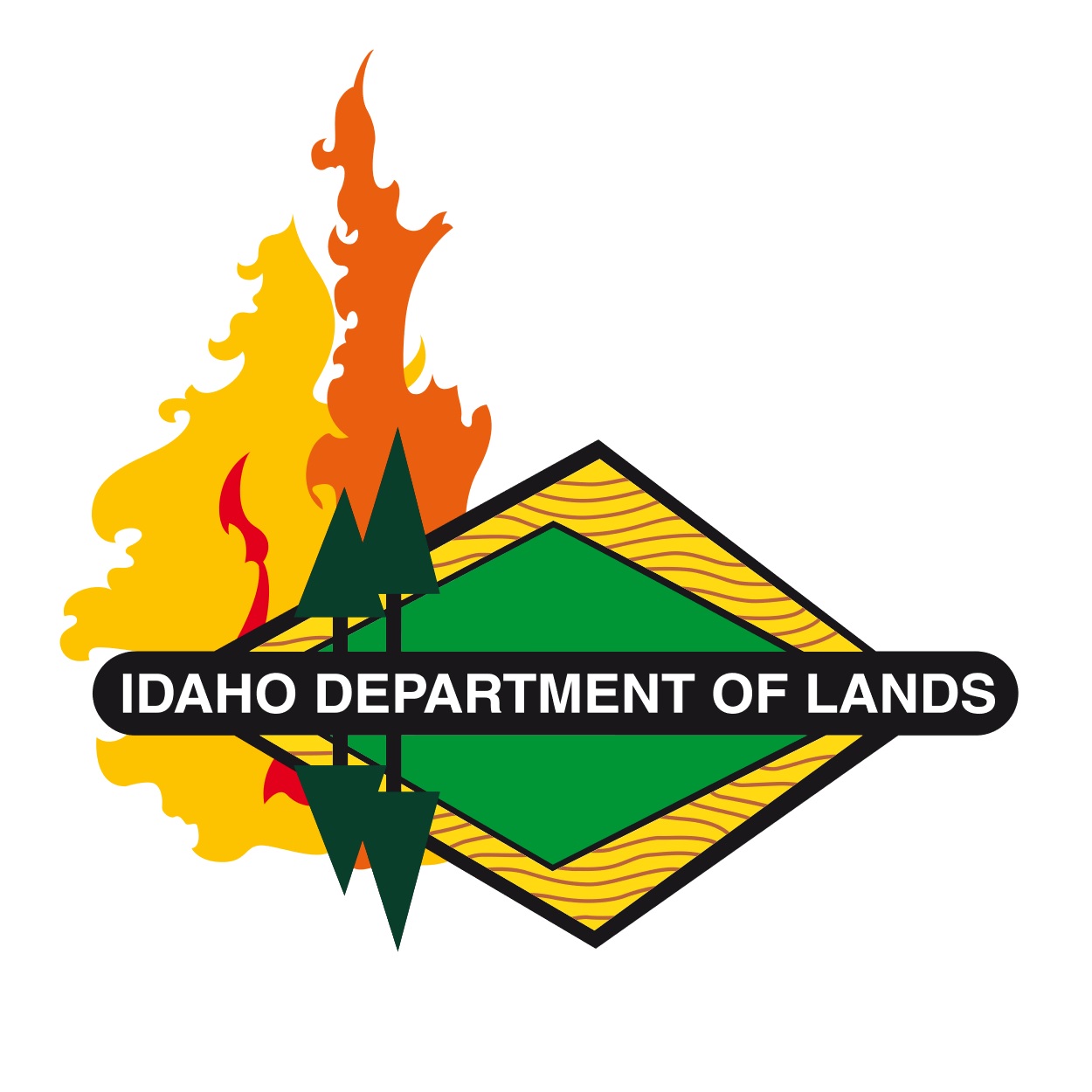Reducing unwanted human-caused wildfires
Our mission is to reduce the number of unwanted human-caused wildfires in our protection areas and beyond in coordination with other agency partners. Creating public awareness of the activities that commonly cause wildfires and providing resources for preventing them are the key components to successful fire prevention efforts. Educating the public on defensible space is also part of our prevention mission.
Resources for prevention and defensible space
Wildfire Action Guide
Advance planning saves lives and property. Create your own personal wildland fire action guide.
Ready, Set, Go
RSG seeks to empower fire departments to encourage wildland fire community risk reduction.
Wildfire Education
The public plays a valuable role in preventing wildfires. Most wildfires are human-caused and preventable.
To find and contact your closest Idaho Department of Lands office see our Supervisory Area map.

